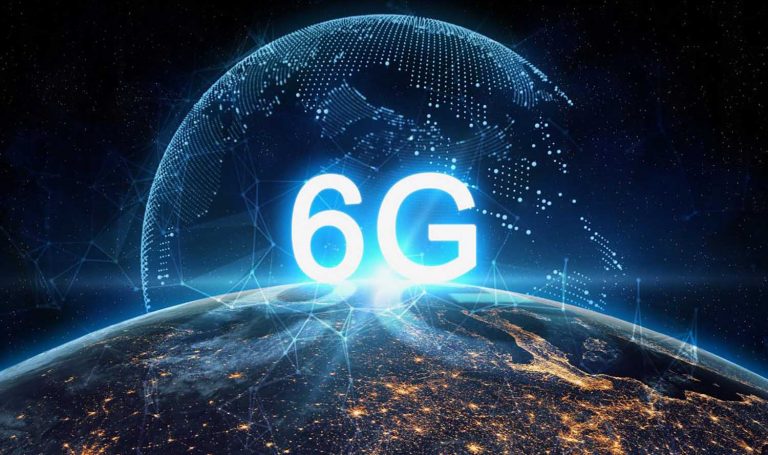On July 14, 2020, Samsung issued a white paper titled “The Next Hyper-Connected Experience for All” which describes the company’s vision for the next generation communication system, referred to as 6G, in-depth. A wide range of topics is covered in the white paper, including technological and social megatrends, new services and requirements, candidate technologies, and an estimated timetable for standardization. Download the white paper here.
According to the white paper, Samsung anticipates that the 6G standard would be completed by 2028, with the earliest commercialization date being as early as 2028, and that widespread commercialization will occur around 2030. Sixth-generation networks (LTE) will be primarily used by people and machines, and they will be distinguished by the provision of sophisticated services such as completely immersive extended reality (XR), high-fidelity mobile holographic, and digital replica.
When comparing 6G research to 5G research, Samsung, the South Korean technology giant, said on Tuesday that it has achieved 50 times faster speed. When Wonil Roh, Senior Vice President and Head of Product Strategy for the Networks Business at Samsung Electronics, said that the firm had reached 5.23 gigabits per second (Gbps) on a 5G network during the company’s presentation concerning new 5G transmission equipment, the audience applauded.
Combined with different developing technologies, 6G is set to offer up a whole new universe of possibilities, and it will radically reshape the concept of upcoming experiences and services.
“We are really enthusiastic about the prospect of making 6G a reality. In fact, we have already established terahertz communications, which is a testament to our 6G development,” Sunghyun Choi, SVP and head of advanced communications research at Samsung Electronics Network Business, stated.
According to the company’s presentation slide, the speed of its 6G technology is 50 times quicker than the speed of its 5G technology.
The organization, according to Choi, is continually investigating new areas of artificial intelligence, robotics, visual technologies, and security in preparation for future technological advancements.
“XR — a new term that combines augmented reality, virtual reality, and mixed reality — will push the boundaries of entertainment, medicine, science, education, and manufacturing industries,” Choi further added.
In addition, the firm stated that it has virtualized the majority of its system to simplify network operations.
According to Woojune Kim, executive vice president and head of worldwide sales and marketing at Samsung Electronics Network Business, “in India, we manage the world’s biggest single virtualized core network, with the ability to serve hundreds of millions of consumers.”
Samsung’s ambition for 6G is to offer the next generation of hyper-connected experiences to people in every part of their lives. Samsung Research, the advanced research, and development unit under Samsung Electronics’ SET Business established its Advanced Communications Research Center in May of last year to expedite research on 6G.

